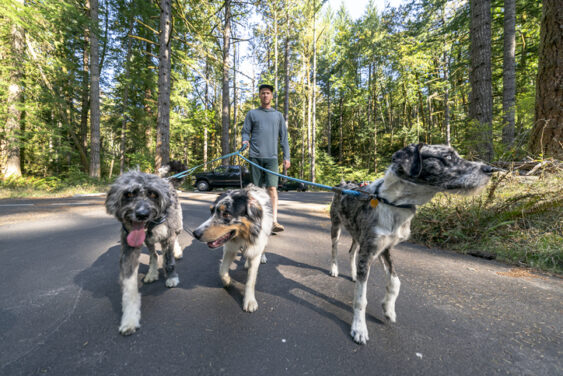A recurring litany when referring to entrepreneurs is the high failure rate. Try to define ‘what it takes’ to make a success of an innovative idea and you will find an array of hypothetical models of attributes, psychological profiles, traits…and motherhood and apple-pie comments about what makes for a successful entrepreneur.
Yet how often is a rigorous de-risking process emphasised? This actually is one of the fundamental attributes required.
We use as an analogy one of our colleagues who, 32 years ago, did a solo ‘fingers and toes’ traverse of the front face of Table Mountain, Cape Town. At the time Andrew was 18 years old.
Prior to making this traverse Andrew had thoroughly researched, practiced and managed all the elements that might destabilise him. He had gone through the most rigorous de-risking process before he ventured.
The life-giving differentiator on this occasion was how to provide his mind with the emotional ecology that ensured he was focussed on the process and not on the absence of supporting equipment. The risk of failure was always there, but the percentage had been profoundly lowered by his rigorous attention to detail – skill-wise, external climbing conditions, physical and mental preparedness.
This level of de-risking is based on orthodox competency insight that has been around in both theory and application from the 1940’s.
‘Past behaviour is a good predictor of future behaviour’ means using insights into human behaviour that work off this simple psychological truth. Take the case of Andrew. We know for a fact that in terms of a successful climber behaviour, he demonstrated capability more than the ordinary. He is not ‘average’. Rather he is exceptional, and it is this level of success that holds our interest.
We know that if we interviewed Andrew and a sample of climbers who achieved similar levels of excellence, we would be able to derive a statistically-validated behavioural profile. This would show us the levels of coping behaviour (or competence) needed by a person to replicate his success.
Using experience taken from the commercial world of competency profiling we could predict a high level of performance success where we recruited a mountaineer with a similar behavioural profile.
In fact the level of predictability is sufficiently compelling to suggest that a savvy business leader would insist that all the strategic roles (the ones that ensure the sustainable execution of the strategy at all levels within the system) are subjected to this discipline. It is precisely this insight that can identify the successful entrepreneur.
It would be fair to say that most HR leaders will talk a good game when it comes to this technology. However there are few who understand the power and criticality of this discipline. Most organisations pay lip service to the strenuous and disciplined requirements for using these insights. The result is a usual ‘mishmash’ of approaches which are next to useless in predicting and ensuring high performance.
Cross checking an entrepreneurial competency profile means identifying, in detail, the coping behaviour used by successful entrepreneurs. Deconstructing this into levels of granularity can take days to evaluate and codify, however the result of this analytical work is a robust profile not of a mountaineer, but instead, an entrepreneur.
The value of the resulting insight is that within very high levels of predictability – upwards of 70 per cent – one can predict whether a person is likely to succeed as an entrepreneur. Intriguingly, it is possible to gather sufficient insight at an early age (before 20 years old) whether there is an ‘entrepreneurial predisposition’. Being in a position to make a comprehensive comment on the competency levels an individual has for executing the required tasks expected of an entrepreneur is of enormous significance to an investor.
The process defines three distinct phases that arc over the commercialisation process, each of which requires a distinctive set of necessary behaviours. The value of this insight is to discern which phases will challenge the entrepreneur the most, which is where an investor needs to potentially find additional people to augment the competency set of the entrepreneur.
Creating an ecosystem in which an entrepreneurial idea is most likely to thrive starts with de-risking the people involved and ensuring that a sustainable team of people are brought together. The idea itself is almost secondary until this is in place.





